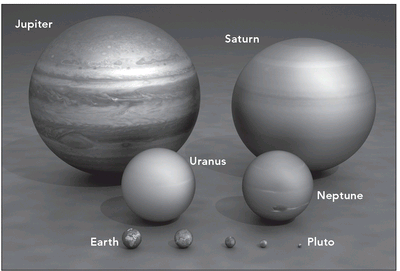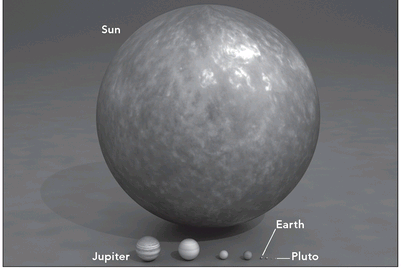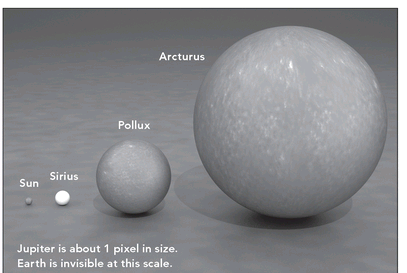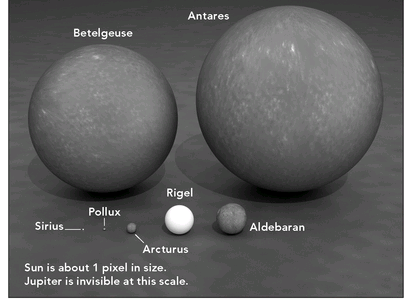The Element (9 page)
Authors: Ken Robinson

But the real point of this exercise reveals itself when I ask how many people gave themselves different marks for intelligence and for creativity. Typically, between two-thirds and three-quarters of the audience raise their hands at this point. Why is this? I think it is because most people believe that intelligence and creativity are entirely different things—that we can be very intelligent and not very creative or very creative and not very intelligent.
For me, this identifies a fundamental problem. A lot of my work with organizations is about showing that intelligence and creativity are blood relatives. I firmly believe that you can’t be creative without acting intelligently. Similarly, the highest form of intelligence is thinking creatively. In seeking the Element, it is essential to understand the real nature of creativity and to have a clear understanding of how it relates to intelligence.
In my experience, most people have a narrow view of intelligence, tending to think of it mainly in terms of academic ability. This is why so many people who are smart in other ways end up thinking that they’re not smart at all. There are myths surrounding creativity as well.
One myth is that only special people are creative. This is not true. Everyone is born with tremendous capacities for creativity. The trick is to develop these capacities. Creativity is very much like literacy. We take it for granted that nearly everybody can learn to read and write. If a person can’t read or write, you don’t assume that this person is incapable of it, just that he or she hasn’t learned how to do it. The same is true of creativity. When people say they’re not creative, it’s often because they don’t know what’s involved or how creativity works in practice.
Another myth is that creativity is about special activities. It’s about “creative domains” like the arts, design, or advertising. These often do involve a high level of creativity. But so can science, math, engineering, running a business, being an athlete, or getting in or out of a relationship. The fact is you can be creative at anything at all—anything that involves your intelligence.
The third myth is that people are either creative or they’re not. This myth suggests that creativity, like IQ, is an allegedly fixed trait, like eye color, and that you can’t do much about it. In truth, it’s entirely possible to become more creative in your work and in your life. The first critical step is for you to understand the intimate relationship between creativity and intelligence. This is one of the surest paths to finding the Element, and it involves stepping back to examine a fundamental feature of all human intelligence—our unique powers of imagination.
It’s All in Your ImaginationAs we discussed in the last chapter, we tend to underestimate the range of our senses and our intelligence. We do the same with our imaginations. In fact, while we largely take our senses for granted, we tend to take our imaginations for granted completely. We’ll even criticize people’s perceptions by telling them that they have “overactive imaginations” or that what they believe is “all in their imagination.” People will pride themselves on being “down to earth,” “realistic,” and “no-nonsense,” and deride those who “have their heads in the clouds.” And yet, far more than any other power, imagination is what sets human beings apart from every other species on earth.
Imagination underpins every uniquely human achievement. Imagination led us from caves to cities, from bone clubs to golf clubs, from carrion to cuisine, and from superstition to science. The relationship between imagination and “reality” is both complicated and profound. And this relationship serves a very significant role in the search for the Element.
If you focus on your actual, physical surroundings, you generally assume, I’m sure, that there’s a good fit between what you perceive and what’s actually there. This is why we can drive cars on busy roads, get what we’re looking for in shops, and wake up with the right person. We know that in some circumstances—through illness, delirium, or excessive use of controlled substances, for instance—even that assumption can be mistaken, but let’s keep moving forward for now.
We know too that we can routinely step outside of our immediate sensory environment and conjure mental images of other places and other times. If I ask you to think of your best friends at school, your favorite food, or your most annoying acquaintance, you can do that without having any of those things directly in front of you. This process of seeing “in our mind’s eye” is the essential act of imagination. So my initial definition of imagination is “the power to bring to mind things that are not present to our senses.”
Your response to this might very well be, “Duh.” That would be an appropriate response, but it helps make a critical point—that perhaps more than any other capacity, imagination is the one we take for granted most. This is unfortunate because imagination is vitally important to our lives. Through imagination, we can visit the past, contemplate the present, and anticipate the future. We can also do something else of profound and unique significance.
We can create.
Through imagination, we not only bring to mind things that we have experienced but things that we have never experienced. We can conjecture, we can hypothesize, we can speculate, and we can suppose. In a word, we can be
imaginative.
As soon as we have the power to release our minds from the immediate here and now, in a sense we are free. We are free to revisit the past, free to reframe the present, and free to anticipate a whole range of possible futures. Imagination is the foundation of everything that is uniquely and distinctively human. It is the basis of language, the arts, the sciences, systems of philosophy, and the all the vast intricacies of human culture. I can illustrate this power with an example of cosmic proportions.
Does Size Matter?imaginative.
As soon as we have the power to release our minds from the immediate here and now, in a sense we are free. We are free to revisit the past, free to reframe the present, and free to anticipate a whole range of possible futures. Imagination is the foundation of everything that is uniquely and distinctively human. It is the basis of language, the arts, the sciences, systems of philosophy, and the all the vast intricacies of human culture. I can illustrate this power with an example of cosmic proportions.
What’s the purpose of life? This is another good question. It doesn’t seem to bother other species much, but it bothers human beings quite a bit. The British philosopher Bertrand Russell presented this question simply and brilliantly. It’s in three parts, and it’s worth reading twice: “Is man what he seems to the astronomer, a tiny lump of impure carbon and water crawling impotently on a small and unimportant planet? Or is he what he appears to Hamlet? Is he perhaps both at once?”
You’ll have to forgive the male language here. Russell wrote this a long time ago, when he didn’t know people might frown upon it later. Russell’s three questions capture some of the core puzzles of Western—though not necessarily Eastern—philosophy. Is life essentially accidental and meaningless, or is it as profound and mysterious as Shakespeare’s great tragic hero believed it to be? I’ll come back to Hamlet in a minute. Let’s look first at this idea of our inhabiting a small and unimportant planet.
For years now, the Hubble telescope has been beaming back to Earth thousands of dazzling images of distant galaxies, white dwarfs, black holes, nebulas, and pulsars. We’ve all seen spectacular documentaries about the facts and fantasies of space travel, all framed with ungraspable statistics about billions of light-years and infinite distances. Most of us now get the point that the universe is gigantic. We also get the point that Earth is relatively small.
But how small?
It’s very hard to get a clear sense of this because with planets, as with everything else, size is relative. Given the immense distances between us and the other heavenly bodies, it’s difficult to have much of a basis for comparison.
I was delighted to come across a great set of images that helped me get a sense of the relative size of the Earth. Someone had the bright idea of taking distance out of the equation altogether by plucking the Earth and some other planets out of the cosmos and laying them side by side on the floor like a team photograph. In this way, we get some sense of the scale of things, and it’s frankly surprising. Here’s the first image:

This is Earth, sitting down with some of our immediate neighbors. We’re looking rather good here, especially in relation to Mars and Mercury. I think too that we’re less worried than ever about being invaded by Martian hordes. Bring it on, I’d say! Pluto, by the way, is no longer a planet and we can see why in this picture. What we were we thinking of in the first place? It’s barely a boulder.
Let’s pull back a bit now. Suddenly, the scenario seems a bit less encouraging. Here’s Earth with some of our larger partners in the solar system.

Earth’s looking a little less impressive now compared with Uranus and Neptune, and certainly in the company of Saturn and Jupiter. Pluto at this point has become a cosmic embarrassment. Still, we’re holding our own—I mean, at least we’re visible.
We already know there’s more to the story, though. For instance, we know that Earth is small when compared with the Sun. But how small? Here’s how:

On this scale, Earth is the size of a grape seed, and we should stop talking about Pluto now. But as big as it is, the Sun is far from the cosmic giant it seems here.
If we pull back a little more, the picture changes dramatically, even for sun worshippers.

Earth has simply disappeared on this scale, and the Sun is itself is barely a garbanzo bean. But even now, we’re still comparing ourselves to objects that are comparatively small and close in cosmic terms.
Keep your eye on Arcturus as we pull back just once more to take in Betelgeuse and Antares.

Other books
Falling (The Falling Angels Saga) by Van Lowe, E.
Violette Dubrinsky by Under a Crescent Moon
Dominio de dragones by George R.R. Martin
Whose Angel Keyring by Purl, Mara
Moon Called by Patricia Briggs
Juvenile Delinquent by Richard Deming
By a Spider's Thread: A Tess Monaghan Novel by Laura Lippman
The Taking by Katrina Cope
Magic at Midnight by Marteeka Karland
